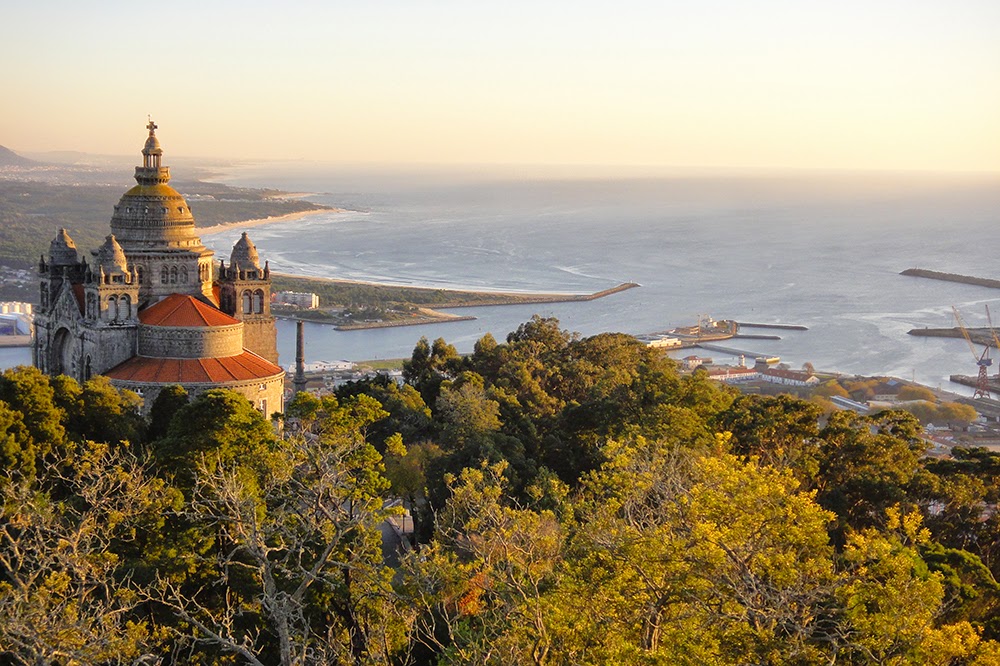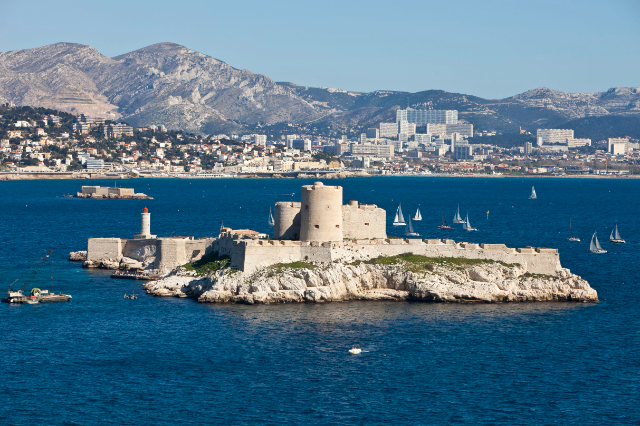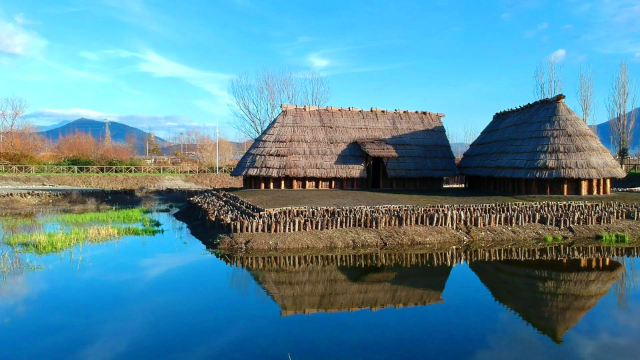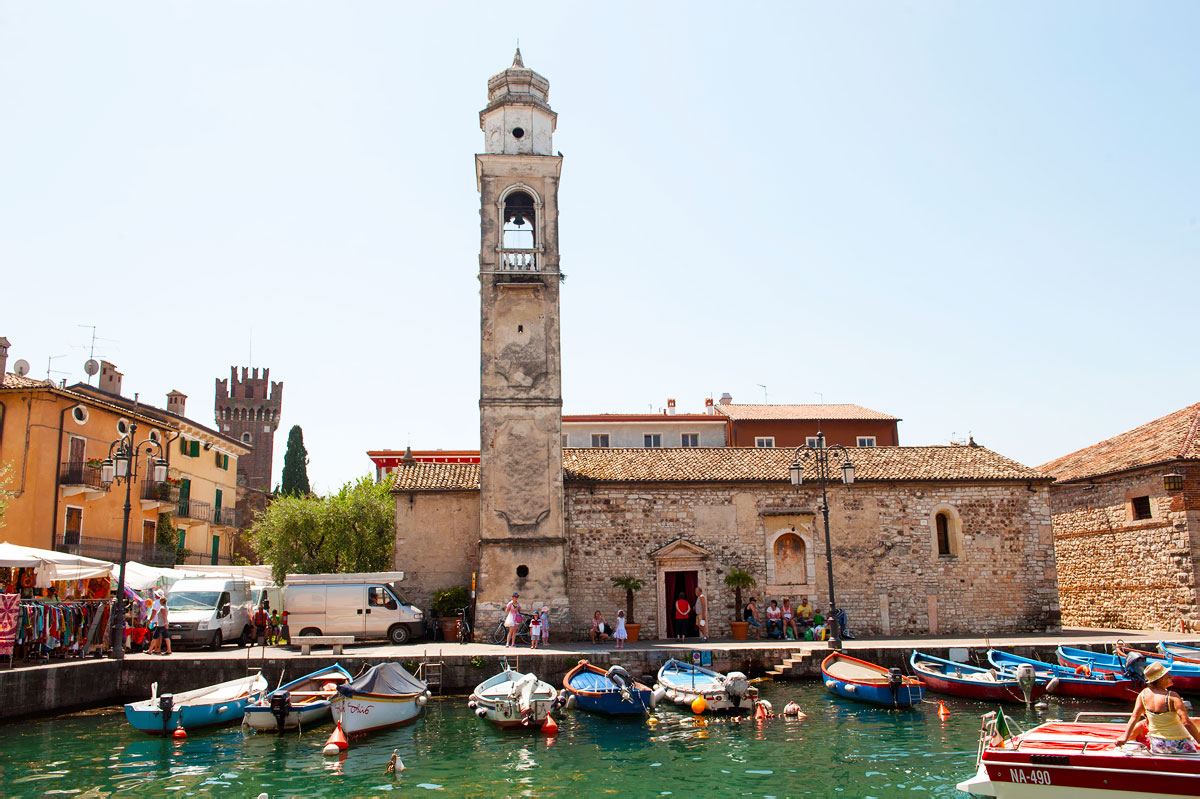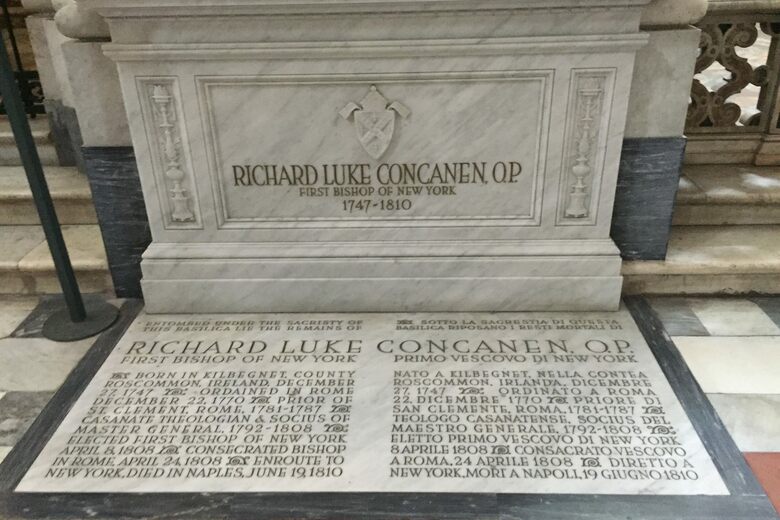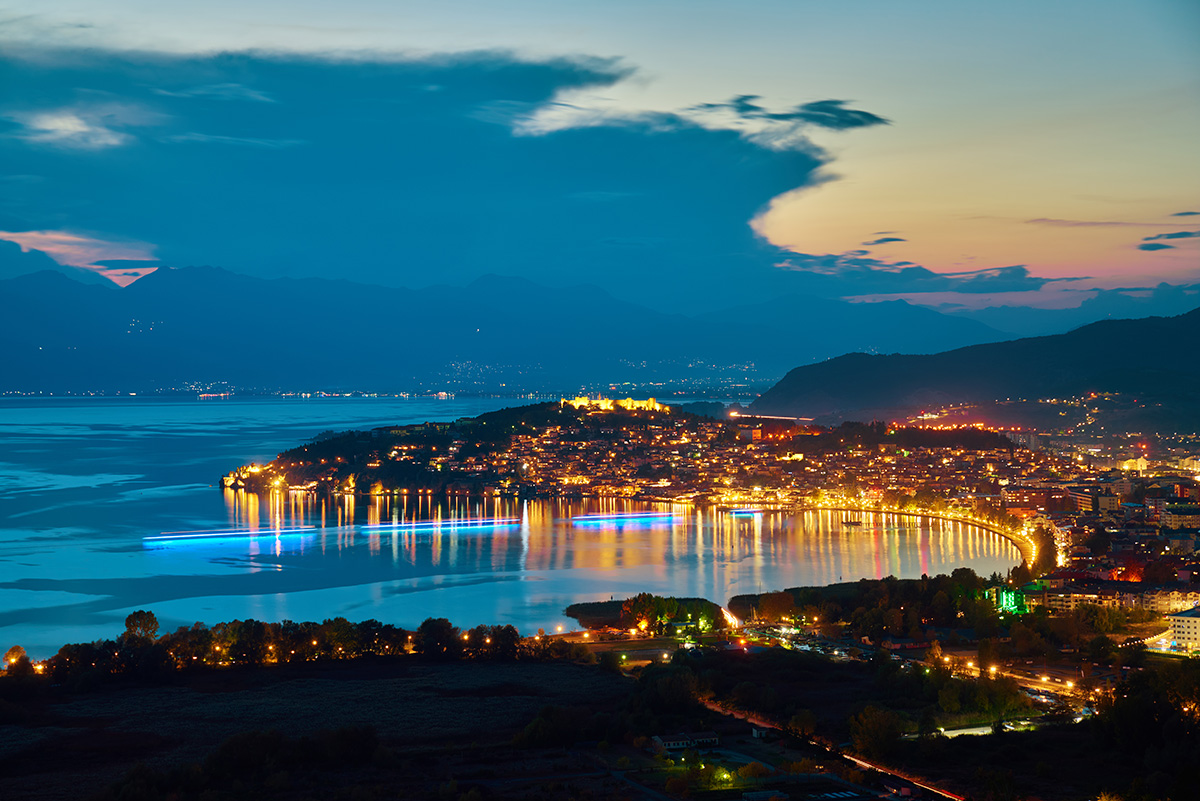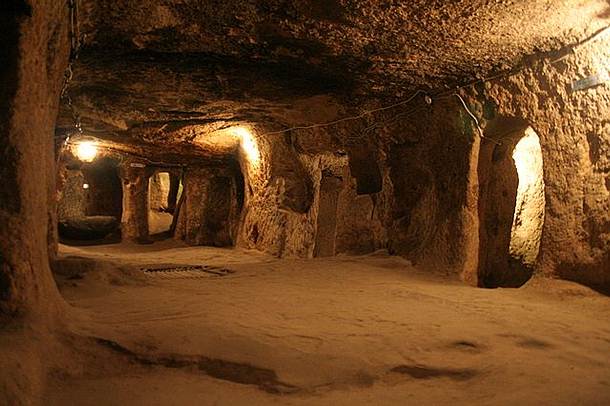Viana do Castelo can be reached in a short time from Porto, or from Valença if you come from Spain. From the mountain of Santa Luzia you can see the magnificent geographical position of the city, near the ocean and the mouth of the Lima river. You can start your visit from this beautiful view and from the Temple of the Sacred Heart of Jesus, church of revivalist architecture, designed by Ventura Terra in 1898.
Viana has been enriched over time with noble palaces, churches, convents and fountains that form an architectural heritage that deserves to be known. At the Tourist Office, brochures are available that describe routes to follow to admire Manueline, Renaissance, Baroque, Art Nouveau or Azulejo art. Walking through the streets of the old town you will reach the Praça da República, the square that is the heart of the city, where you will find the Palace of the Misericórdia, the 16th century fountain, and the old Paços do Concelho (Town Hall). Not far away is the Sé or Igreja Matriz, the Romanesque style cathedral.
Facing the ocean, which has had so much part in Viana’s history, a baroque church preserves the image of the Senhora da Agonia, the Virgin to whom the fishermen are devoted. On August 20, the image leaves the church to bless the sea, in the middle of one of the liveliest festivals in Portugal, marked by the beauty and richness of the traditional costumes that parade during the ceremonies.
Viana – also known for its gold watermark – has preserved its traditions, as can be seen in the Museu do Traje (costumes and gold objects), the Museu de Arte e Arqueologia (particularly noteworthy are the characteristic Viana ceramic objects) or the Gil Eanes ship. Built in the shipyards of Viana do Castelo, to serve as a support for cod fishing, it is now at anchor in the fishing port in memory of the city’s maritime and shipbuilding traditions.
Viana do Castelo is also considered a "Mecca of Architecture" because several important names in contemporary Portuguese architecture have designed its infrastructures and spaces. These include the Praça da Liberdade by Fernando Távora, the Library by Álvaro Siza Vieira, the Pousada da Juventude (Youth Hostel) by Carrilho da Graça, the Hotel Axis by Jorge Albuquerque or even the Centro Cultural de Viana do Castelo by Souto Moura.
